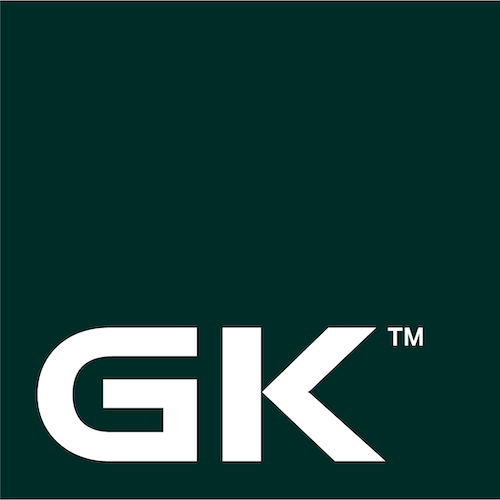The textile supply chain is a network of distribution options that performs various functions, from the acquisition of raw materials to the transformation into finished products, and their subsequent distribution to customers. Like any industrial process, it is subject to external shocks that affect the economy.
GK, and being the leading company in the textile sector, with a presence in Honduras, Guatemala, Mexico, and the United States, plans and acts according to the movements that are generated within the industry, both good forecasts, like those that predict storms, and for that reason, we are going to explore the consequences that inflation in the United States could have for the textile industry as a whole.
First of all, what is inflation?
Inflation is an economic term that describes the sustained increase in the prices of goods and services within a given period of time. For most economists, having to deal with inflation means that an economy is in trouble, while others see it as a sign of a prosperous economy.
Right now prices in the United States are rising at their fastest rate in nearly 40 years. Strong demand and tight supply for specific items, including textiles, are driving price increases, putting pressure on retailers. industry leaders to act quickly.
During 2021, the world economy staged a very fast recovery, which was driven by massive public spending and a series of emergency measures by governments. By the time the vaccine launch was made official, consumers were filling restaurants, bars, and stores, all of which pushed demand to outstrip supply. And that is simply the cause of the price increase.
How does this affect the textile industry?
The current scenario in the textile industry faces tenacious inflation, not seen with such intensity for the last fifteen years. Textile prices are now experiencing renewed upward pressure, after a decade of widespread deflation. This is the first inflation the garment industry has experienced since the 1990s.
The main effects of inflation on industry are:
Uncertainty:
High and volatile prices create uncertainty and confusion about future prices and costs. All of which tend to reduce investment and lead to lower growth rates within the industry and thus lower demand for textiles.
Too many price adjustments:
when there is inflation, prices need to be changed more frequently, which incurs a cost. Additionally, high rates of inflation can lead to frequent negotiations for raw material prices, and this can be costly for a textile manufacturing company looking to produce quickly.
Impact on savings and balance of companies:
Textile companies often have substantial cash reserves to run their operations. In periods of high inflation, the real value of savings may fall, unless the company is able to save in accounts with interest rates higher than inflation, for that reason, inflation will benefit indebted companies more than those They have big savings.
What to expect of inflation in 2022
The weakening of the value of the dollar will increase the cost of the import price and will result in higher price inflation in the sector. Most manufacturers and retailers will also increase the price of their garments to stay profitable. While these players increase prices, and therefore their profit margins, it is rarely possible for consumers to continue to buy textiles regularly as a result of these price increases.
Inflation will still cause disruptions in the industry’s supply chain, especially in apparel. Small business owners, people with fixed incomes, and people from the lower sectors of society, such as garment workers, would be the most affected in this scenario.
However, a good number of economists believe that inflation is not here to stay. It will not be less a month from now or even three months from now, as adjusting prices will take time. But by the end of 2022, and as the pandemic recedes, inflation will be low enough not to be talked about anymore.
At that time the textile and clothing industry will begin to recover. In addition, GK is fortunately one of those solid organizations that are capable of resisting change and facilitating timely corrective measures to survive the game.
